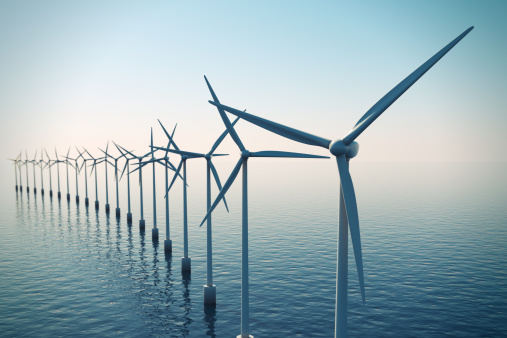 Reports of Cape Wind's demise are not only greatly exaggerated, but they are also patently false, explains Dennis Duffy, vice president of regulatory affairs for Cape Wind, the embattled 468 MW offshore wind project proposed off the coast of Nantucket Island, Mass.
Reports of Cape Wind's demise are not only greatly exaggerated, but they are also patently false, explains Dennis Duffy, vice president of regulatory affairs for Cape Wind, the embattled 468 MW offshore wind project proposed off the coast of Nantucket Island, Mass.
Speaking during the developer's roundtable at the American Wind Energy Association's recently completed Offshore Windpower 2015 conference held in Baltimore, Duffy set the record straight for attendees, many of whom assumed the project was dead following the termination of two power contracts in January.
To the contrary, Duffy notes, adding that the company recently filed appeals with the D.C. Court of Appeals in September relating to claims from the Alliance to Protect Nantucket Sound that the federal government improperly approved the project.
To further buttress Duffy's claims, Cape Wind received two-year extensions from both the Massachusetts Energy Siting Board, as well as the Independent System Operator of New England (ISO-NE), where the project holds the first queue position among active projects. According to the ISO-NE, queue position is a function of when a developer submits its request for interconnection, which, in Cape Wind's case, was June 6, 2001.
On Feb. 26, Cape Wind also requested that its federal lease be suspended for two years, which the Bureau of Ocean Energy Management (BOEM) granted on July 24. According to BOEM, the lease suspension expires on July 24, 2017, at which point the operating term of the lease again commences. Cape Wind will be required to pay rent during the two-year suspension period.
‘These extensions will allow our company to come to terms on our power purchase agreements so we can get started,’ Duffy told the crowd.
Despite its legal troubles, Duffy reiterates that Cape Wind is the only BOEM lessee with an approved construction and operations plan for a wind power project in U.S. federal waters; that means that Cape Wind has satisfied nearly all of BOEM's regulatory requirements for the planning and design of an offshore wind power facility.
‘We started this project 15 years ago with the belief that the New England power market needed an alternative – that it had an over-reliance on natural gas,’ Duffy told the crowd. ‘And today, all these years later, the market fundamentals are stronger than ever.’



